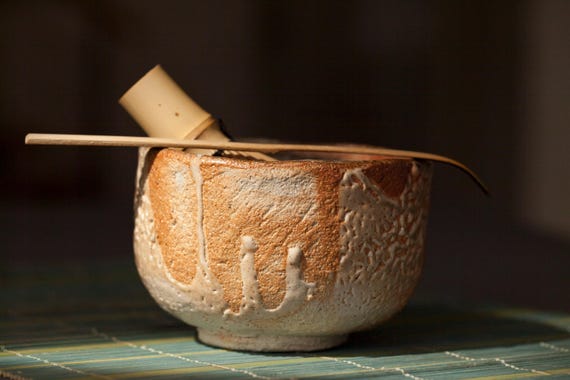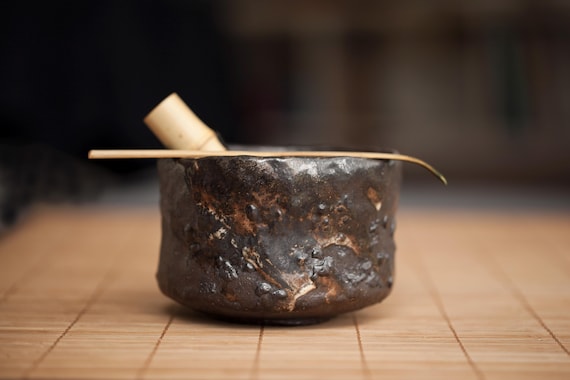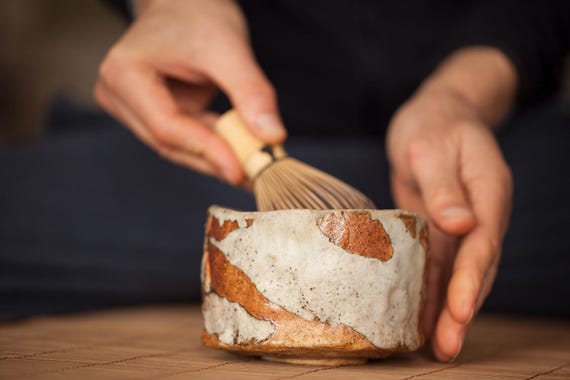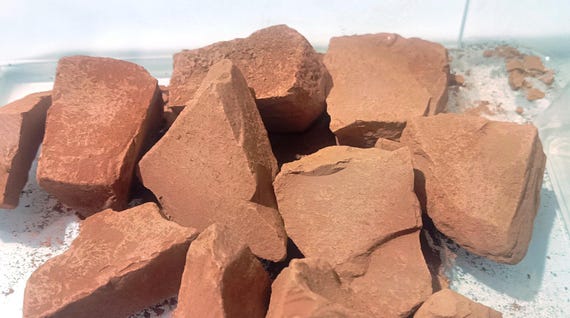Unleash Your Inner Potter: Mastering Anagama Kiln Maintenance
Discover the essential steps to effectively maintain your Anagama kiln for optimal performance and longevity. By following these straightforward guidelines, you can ensure your pottery creations are fired to perfection, allowing your artistic vision to shine through with every piece. Embrace the joy of pottery with confidence!
What You’ll Need to Get Started
Unlocking the Art of Ceramics: Anagama Kiln Stories with Dom Venzant
Step 1: Understanding Your Anagama Kiln
What Makes the Anagama Unique?Explore the unique design and firing process of the Anagama kiln, an ancient clay oven originating from Japan. Recognize that its tapered structure not only enhances airflow but also creates distinctive wood-fired aesthetics in your pottery.
Familiarize yourself with the kiln’s parts: the flue, firebox, and chimney. Each component plays a vital role in efficient combustion and heat distribution, impacting the firing results and maintenance routines.
Acknowledge the firing capabilities. Anagama kilns operate at high temperatures, leading to natural ash glazes that enhance your work. This feature emphasizes the need for regular cleaning to prevent ash build-up and ensure optimal airflow during firing.
Engage with the kiln’s community. Connecting with other potters who use Anagama kilns can provide valuable insights and tips tailored to your specific setup. Consider sharing your experiences to deepen your understanding and build camaraderie in your pottery journey.
By immersing yourself in the inner workings of your Anagama kiln, you set the foundation for effective maintenance and successful firings.
Step 2: Regular Cleaning Practices
The Secret to a Long-Lasting Kiln!Establish a cleaning routine to prevent ash buildup that can hinder airflow and efficiency. Start by removing ash after every firing. Use a sturdy scoop or shovel to collect the residue from the firebox and flue. This routine not only promotes better airflow but also prevents potential clogs.
Clean the kiln walls and shelves to prevent the accumulation of soot and smoke residues. A damp cloth or sponge can easily wipe these surfaces down. Make it a point to check the kiln’s shelves for any glaze drips or spills, and address them promptly to avoid damage during future firings.
Inspect and clear the vent system routinely. Use a brush to remove dust and debris from the flue. This small step helps maintain optimal temperature control during firing, crucial for achieving those beautiful, rich finishes.
Create a log of your cleaning schedules and findings. Noting the frequency of cleanings and any unusual build-up can help you identify patterns and adjust your practices as necessary. Regular cleaning will significantly extend the lifespan of your Anagama kiln, leading to superior results in your pottery!
Step 3: Inspecting for Damage
Spotting Trouble Before It Starts!Conduct regular inspections of your Anagama kiln to identify any cracks or signs of wear. This crucial step helps you catch issues before they escalate, ensuring the integrity of your kiln.
Start by visually examining the exterior and interior surfaces. Look for cracks in the brick or clay that could compromise heat retention. Pay particular attention to the joints where bricks meet, as these areas are prone to stress and damage.
Feel the surfaces with your hand. A textured or rough area can indicate wear. Additionally, check the firing chamber for warped bricks or loose components. These issues can impact your firing results significantly.
Listen for sounds during firing. Unusual noises, like cracking or popping, can signal problems. If you notice these sounds, it may be time for immediate repair.
Document any findings in a maintenance log. This record will help track recurring issues over time and assist in planning necessary repairs or replacements. Regular inspections can save you from costly repairs down the road, keeping your kiln firing at its best!
Step 4: Fuel Management and Storage
Fueling Your Kiln for Success!Select quality wood for your Anagama kiln. Opt for dense, seasoned hardwoods like oak, hickory, or maple, as they burn hotter and longer, providing consistent heat. Avoid softwoods; they tend to produce excessive smoke and soot, which can affect your pottery’s finish.
Store your fuel correctly. Keep wood in a dry, well-ventilated location, elevated off the ground. A good tip is to stack the wood in a crisscross pattern to allow airflow, preventing moisture buildup and promoting even drying.
Monitor moisture content before firing. Ideally, your wood should have around 20% moisture. Use a moisture meter to gauge its suitability. If the wood is too wet, allow it to season longer to prevent inefficient burning that can lead to uneven temperatures and kiln issues.
Develop a firing schedule. Plan your fuel load based on the desired firing time and temperature. For longer firings, consider splitting wood into smaller pieces to facilitate better airflow within the kiln, ensuring a more uniform burn throughout the process.
By mastering fuel management and storage, you set the stage for successful, consistent firings that showcase your pottery’s unique beauty.
Step 5: Seasonal Maintenance Checks
Prepare Your Kiln for Every Season!Adjust your maintenance routine with the seasons. As weather changes, your Anagama kiln will respond accordingly, so it’s vital to recognize these shifts and address them proactively.
Before winter, ensure your kiln is insulated. Use kiln blankets or other appropriate materials to guard against freezing temperatures. This preparation can prevent thermal shock and cracking when firing resumes in the spring.
Conduct thorough inspections post-winter. After hibernating during cold months, check for moisture buildup or frost damage on the kiln’s interior. Clear any debris that may have accumulated over time, as this can impact airflow during firing.
In spring and summer, focus on ventilation. With warmer days, ensure your kiln has adequate airflow to dissipate heat effectively. Clear any blockages in the vent system and check that the chimney is free of nests or debris.
Adjust your wood storage practices in summer. Keep your firewood in shaded areas to minimize moisture absorption from summer rains. Always keep an eye on the humidity levels, as this can affect your firing results.
By implementing seasonal checks, you can prevent issues before they arise and keep your Anagama kiln in top shape year-round!
Crafting Perfect Pottery Starts Here!
By following these maintenance steps, you’ll ensure your Anagama kiln remains a reliable partner in your pottery journey, ultimately enhancing your artistic creations. So, give it a try and share your results! Let’s celebrate the magic of pottery together—your masterpieces await!








I’m a bit confused about the fuel management section. Do I really need to worry about where I store it? Seems like overkill to me! 🤔
Totally get it, Tyler. I thought the same until I noticed my firings were inconsistent. Storage matters!
Great question, Tyler! Proper fuel management can really impact your kiln’s performance, so it’s worth considering. Let me know if you need more info!
Wow, this guide on Anagama kiln maintenance is super helpful! I never realized how much cleaning was involved. I guess I have some work to do before firing my next batch. Thanks for breaking it down! 👍
Yeah, cleaning can be a real chore, but it’s worth it for the finished pieces!
Glad you found it helpful, Emily! Cleaning is definitely key to getting great results. Let us know if you have any questions!
This is a solid guide! I love that you included seasonal checks. I often forget that part. Gonna set a reminder right now! 😂
Thanks, Jessica! Seasonal checks can save you a lot of trouble down the line. Good luck!
Setting a reminder is a smart move! I usually forget until my kiln starts acting up. 😅